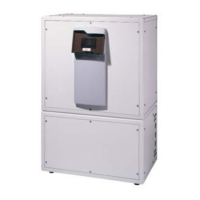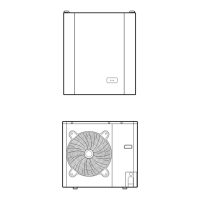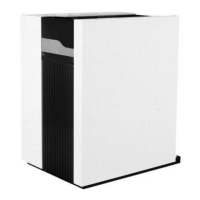What to do if elco AEROTOP L 054 shows phases sequence control error?
- EErika PerezAug 2, 2025
If your elco Heat Pump displays a phases sequence control error, it means the three phases are not present simultaneously and offset by 120°. To resolve this, restore the power supply, which should clear the error. Keep in mind that the power supply is only checked during the initial switch-on phase and not continuously during operation.




